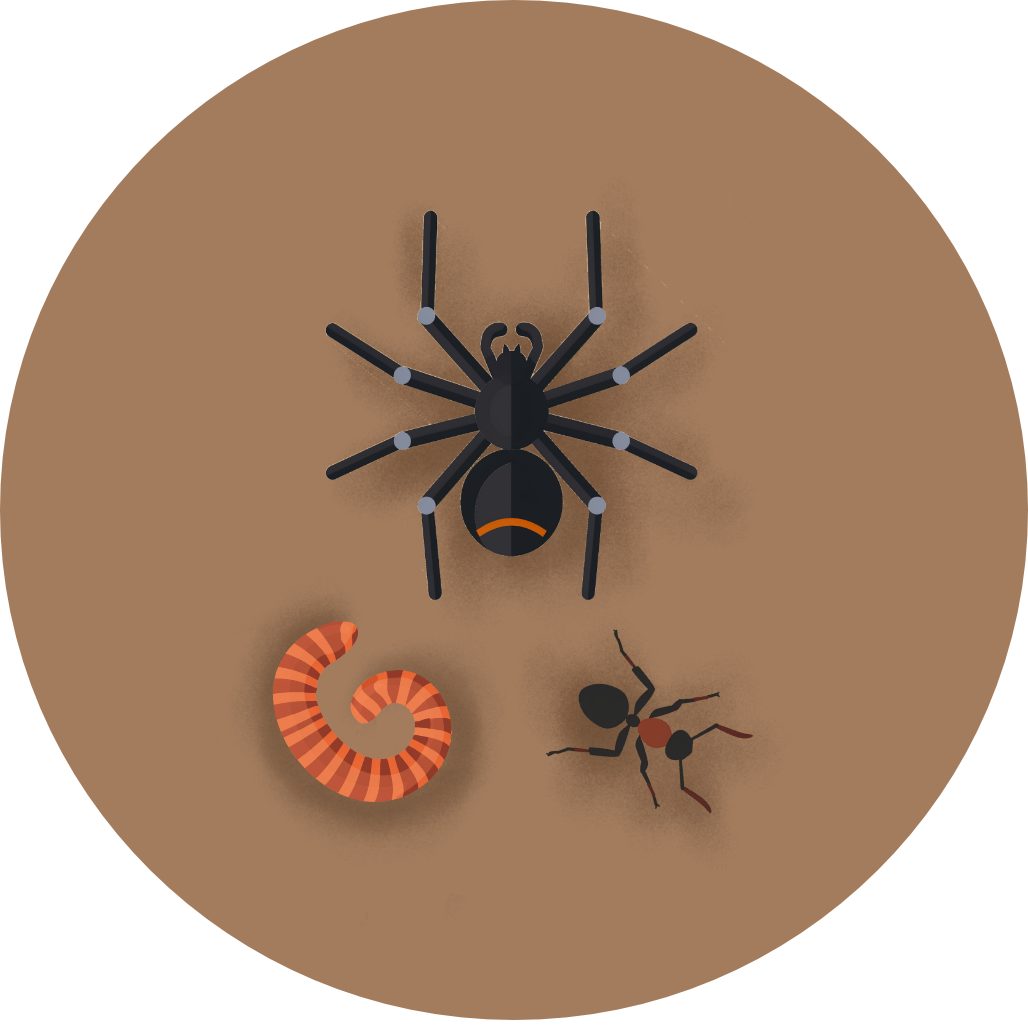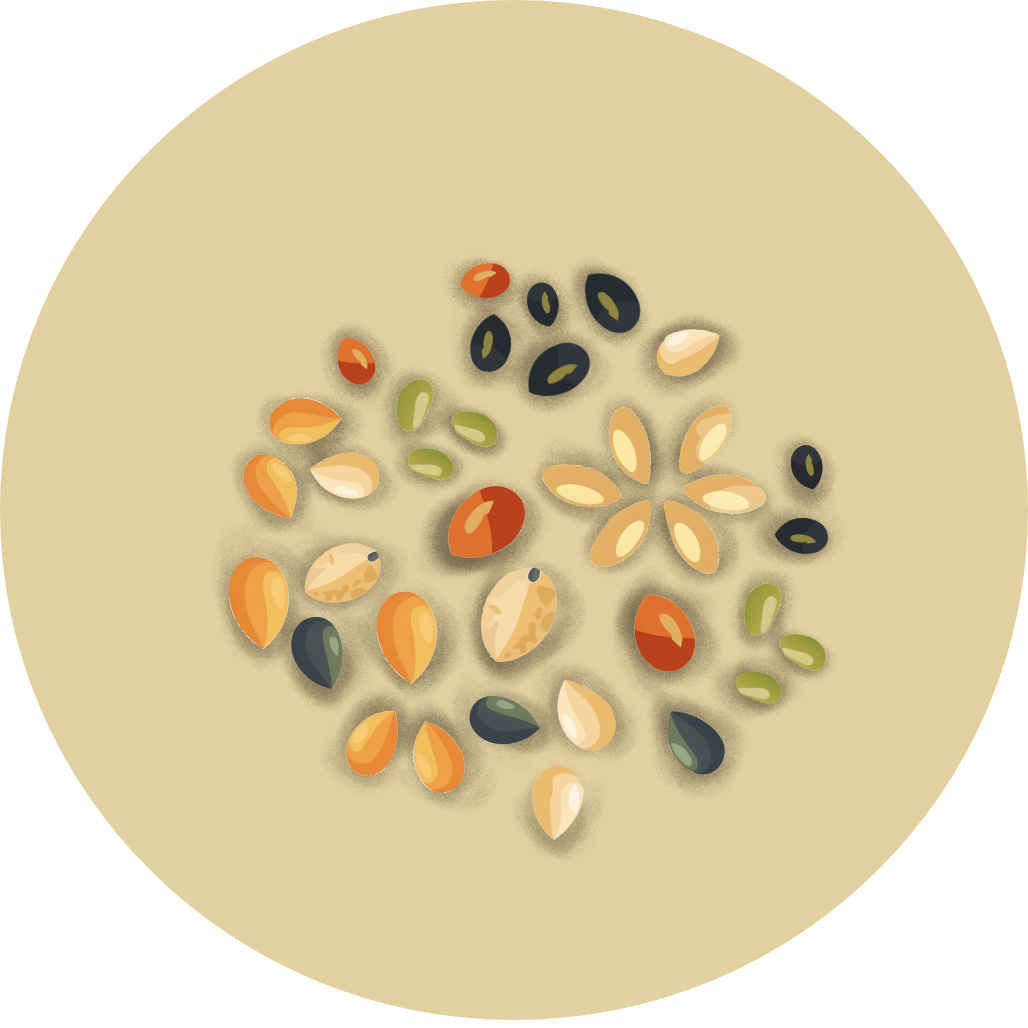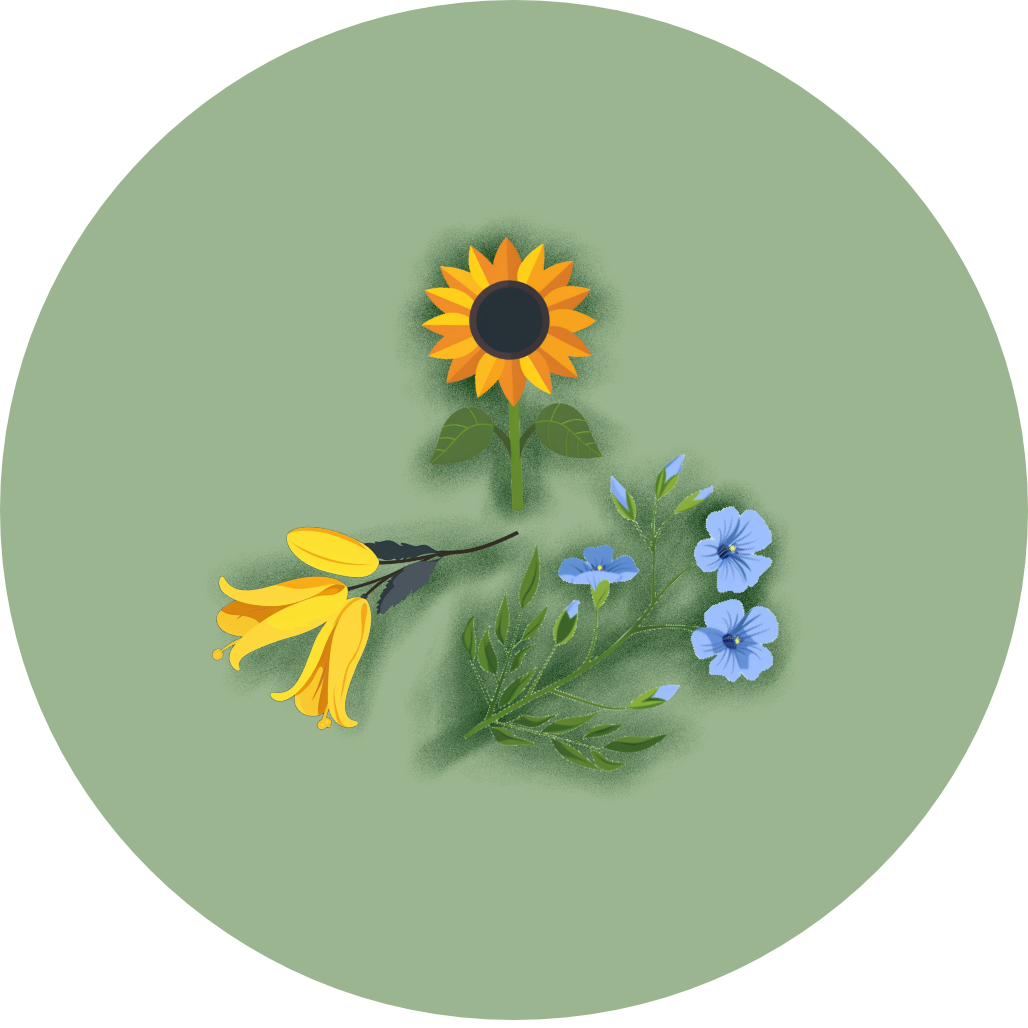
Orange-fronted Parakeet
Cyanoramphus malherbi
Also known as: Kakariki, Malherbe's Parakeet


Cyanoramphus malherbi
Also known as: Kakariki, Malherbe's Parakeet

The orange-fronted parakeet, or kākāriki karaka, is a small, vibrant native parrot found only in New Zealand. About the size of a budgie, this rare bird is a treasure of New Zealand forests. Its bright green plumage and distinctive orange band above the eyes make it a striking sight for lucky birdwatchers in the South Island beech forests.
1. Bright orange band on the forehead, contrasting with yellow crown feathers.
2. Overall bright green plumage with azure blue wing feathers visible in flight.
3. Small size and active behaviour, often seen quickly moving through tree canopies.
These parakeets can breed year-round but mainly nest from December to April. They're unique among parakeets for their higher consumption of invertebrates. Predation by introduced mammals and habitat loss are major threats. Conservation efforts include predator control and translocation to predator-free islands to establish new populations.
Orange-fronted parakeets are extremely rare and confined to a few beech forest valleys in the South Island, including the Hawdon and Poulter valleys. They prefer the upper canopy of forests but can be seen at various levels. Dawn and dusk are the best times to spot them as they forage. Listen for their quiet chatter or contact calls. Tip: Join a guided tour in these areas for the best chance of seeing these elusive birds.
Once widespread across New Zealand, the orange-fronted parakeet or kākāriki karaka is now one of New Zealand’s rarest birds. They hold significance in Māori culture and are a taonga for Ngāi Tahu whose tīpuna (ancestors) used the feathers for weaving kākahu and korowai. Its decline and subsequent conservation efforts highlight the challenges facing New Zealand's unique birdlife and the importance of protecting our native species.
21 cm
41 g





Coming Soon!
Top birding locations will be available in a future update.